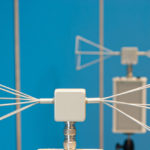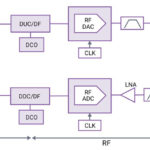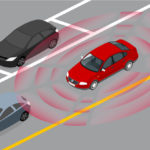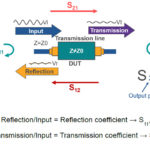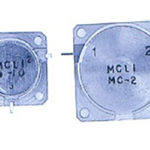Part 1 looked at isolators and circulators, basic RF/microwave passive devices. This part looks at couplers and splitters, two other basic passive devices. (Attenuators are another important class of passive RF/microwave devices. They are not covered here.)
A: How are coupling and splitting done in the non-RF/microwave world?
A: In the non-RF world, it is relatively easy to couple two or more signals or split a signal into two or more signals simply by using op amps and resistors. Figure 1 shows a basic combining (summing) circuit.
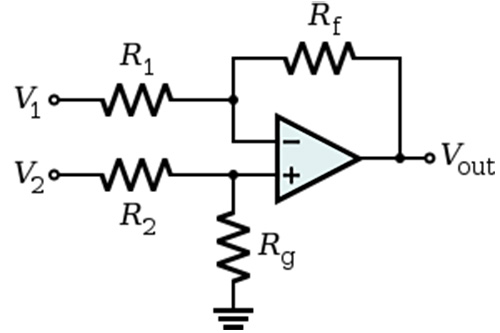
The complementary function of splitting a signal can be accomplished with a simple resistive voltage divider, although that approach has many weaknesses. Instead, op amps can be used to buffer the split signals and ensure no interaction between the various outputs (Figure 2).
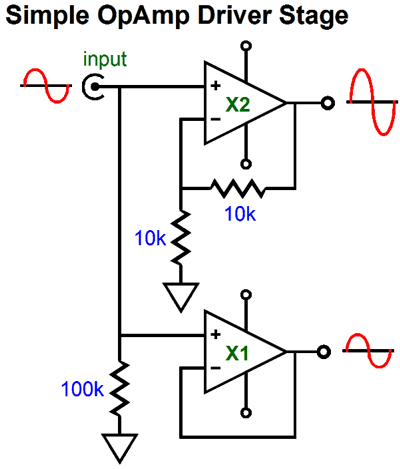
Q: Does this approach work for RF/microwave signals?
A: It does not work as the frequency increases or the power levels increase. For RF and microwave signal power, very different approaches are needed. Like the op-amp design, the microwave summing circuit—called a coupler is directional in that the flow of energy has a specific direction defined by design. Therefore, these couplers are often called directional couplers.
Q: What is a directional coupler?
A: It is a four-port device (Figure 3), where Port 1 is the incident port, and Port 2 is the through port (because it connects via a straight line). Port 3 is the coupled port, and Port 4 is the isolated port. Alternatively, a signal can be incident on Port 2, so Port 1 is the through port, Port 4 is the coupled port, and Port 3 is the isolated port.

Q: What are the primary parameters for a directional coupler?
A: First, as with most microwave devices, S-parameters are needed to characterize performance fully. The basic specifications are similar to those of other microwave components. Assuming Port 1 is the incident port, then there is Insertion Loss (IL) between Port 1 and Port 2; Isolation (I – the ratio of incident power to the back-reflected power) between Port 1 and Port 4; Coupling (C – the balance of incident power to the forward power) between Port 1 and Port 3; and Directivity (D—the ratio of forward power to the back power) between Port 3 and Port 4; all are expressed in dB, of course.
Q: How is a directional coupler actually built?
A: There are two common ways: waveguides or transmission lines (and many sub-variations, of course). A basic waveguide coupler uses precisely spaced and sized holes which are a function of wavelength and bandwidth (and the holes may have non-round shapes) to allow power to flow between two physically aligned waveguides (Figure 4). As a result, incident energy on Port 1 mixes with energy incident on Port 3.
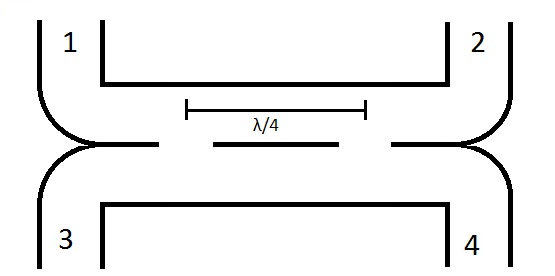
Q: What about transition-line couplers?
A: Obviously, many applications cannot use waveguides due to their size, cost, and other issues. Sometimes, an alternative is a coupler based on the RF transmission line. It uses a pair of precisely dimensioned, unshielded transmission lines that are carefully aligned (Figure 5). The lines can be discrete transmission lines or even PC-board stripline/microstrip implementations.
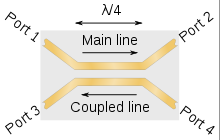
Q: What about splitters?
A: Splitters are the complement of couplers and have many similarities. A splitter—also called a power divider—takes some incident energy and diverts it to another port. The proportion that is “split off” can be half for each port, or it can be a small fraction (such as somewhere between 1% and 10%) needed to sample the incident signal for test and measurement purposes
Q: How is a splitter implemented?
A: As with couplers, there are many ways to do this. One widely used approach is the Wilkinson power divider, which uses a split transition line (Figure 6), built by physical lines or, again, PC-board stripline/microstrip.
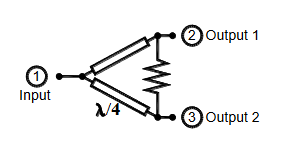
This has been a very brief introduction to basic passive RF/microwave components. Despite their functional simplicity, they are actually quite complicated in their details and are the subject of many detailed types of analysis ranging from academic to hands-on. Much of the advanced analysis requires the use of EM field theory, matrix and other advanced math concepts, S-parameters, and more. These RF/microwave passive components—as just about everything else in a GHz+ design—are a complicated subject in theory and practice.
EE World Online References
Coax power splitters/dividers, directional couplers, and attenuators cover dc to 110 GHz
Single-input, dual-output power splitter designed for mid- and high-end smartphones, tablets
Coaxial components cover frequencies from dc to 110 GHz
Cross guide couplers with 4, 3, or 2 waveguide ports work across C to K bands
Cross-guide waveguide couplers carry up to a 4-port interface
Waveguide directional couplers work up to 33 GHz
Surface-Mount Bi-Directional coupler provides 200W power handling from 225 to 450 MHz
References
- Wikipedia, “Isolator (microwave)”
- Wikipedia, “Circulator”
- Nova Microwave, “Understanding Circulators & Isolators”
- MECA Electronics, “Isolator/Circulator Basics”
- Microwaves & RF, “A Primer on Circulators and Isolators”
- Microwaves101, “Circulators”
- Microwave Journal, “Recent Advancements in mmWave Isolator Technology”
- Microwaves101, “Directional Couplers”
- TutorialsPoint, “Microwave Engineering – Directional Couplers”
- SlideShare/LinkedIn, “Microwave Couplers”
- Marki Microwave, “Microwave Power Dividers and Couplers Tutorial”
- Wikipedia, “Power dividers and directional couplers”

